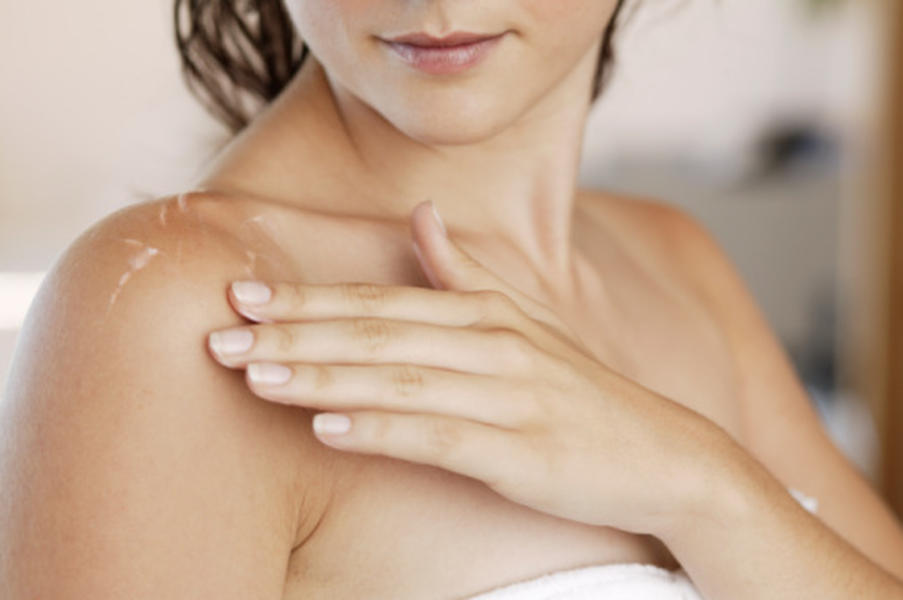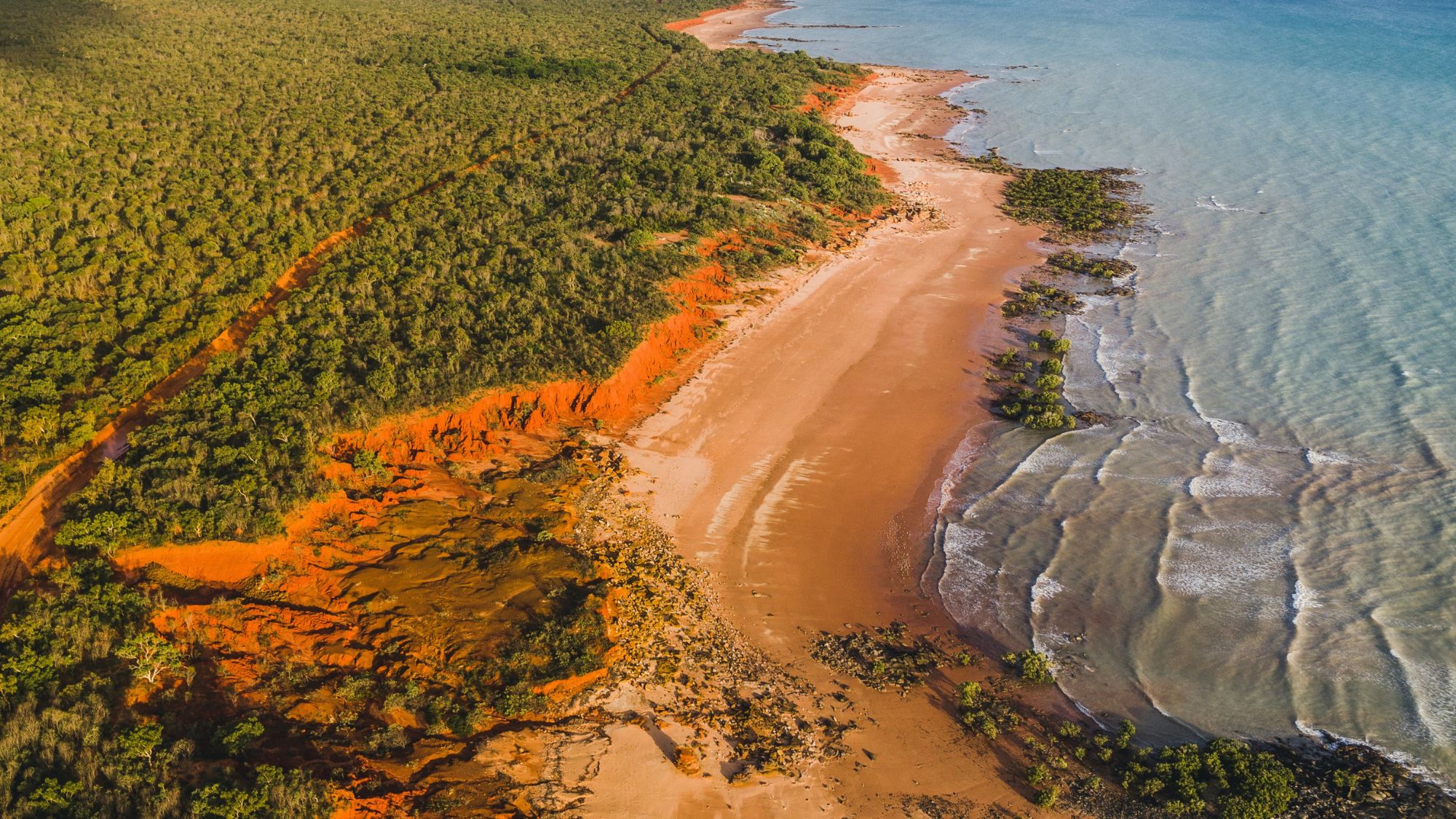Researchers: Exercise could make your skin look younger
Thinkstock


Researchers have discovered yet another benefit of exercise: It not only helps skin look younger, but may even reverse skin aging in those who begin exercising later in life.
According to The New York Times, scientists at McMaster University in Ontario, Canada, found that mice who were bred to age prematurely became frail and demented and lost their fur when they remained sedentary. Mice that had access to running wheels had an opposite response: They maintained healthy hearts, muscles, brains, and reproductive organs, and their fur never turned gray.
Researchers then turned to humans. They tested the skin samples of 29 volunteers — males and females, between the ages of 20 and 84 — and had half perform at least three hours of moderate or vigorous physical activity a week, while the others exercised for less than an hour each week. After taking samples of skin, researchers discovered that the men and women older than 40 who exercised frequently had a thinner and healthier stratum corneum (the part of the skin you see and feel) and thicker dermis layer, which looked more like that of a 20-something.
The Week
Escape your echo chamber. Get the facts behind the news, plus analysis from multiple perspectives.

Sign up for The Week's Free Newsletters
From our morning news briefing to a weekly Good News Newsletter, get the best of The Week delivered directly to your inbox.
From our morning news briefing to a weekly Good News Newsletter, get the best of The Week delivered directly to your inbox.
Scientists are still trying to figure out how exercise changes the skin composition, but they did discover that the skin samples of those who exercised more had high levels of a myokine — a substance created by active muscles that enters the bloodstream and starts changes in cells — called IL-15. While they still don't have all the answers, researchers are amazed by what they've discovered so far. "It is astonishing to consider all of the intricate ways in which exercise changes our bodies," says Dr. Mark Tarnopolsky, a professor of pediatrics and exercise science at McMaster who oversaw the study. Read more about the research at The New York Times.
A free daily email with the biggest news stories of the day – and the best features from TheWeek.com
Catherine Garcia has worked as a senior writer at The Week since 2014. Her writing and reporting have appeared in Entertainment Weekly, The New York Times, Wirecutter, NBC News and "The Book of Jezebel," among others. She's a graduate of the University of Redlands and the Columbia University Graduate School of Journalism.
-
 A luxury walking tour in Western Australia
A luxury walking tour in Western AustraliaThe Week Recommends Walk through an ‘ancient forest’ and listen to the ‘gentle hushing’ of the upper canopy
-
 What Nick Fuentes and the Groypers want
What Nick Fuentes and the Groypers wantThe Explainer White supremacism has a new face in the US: a clean-cut 27-year-old with a vast social media following
-
 5 highly amusing cartoons about rising health insurance premiums
5 highly amusing cartoons about rising health insurance premiumsCartoon Artists take on the ACA, Christmas road hazards, and more
-
 Blue Origin launches Mars probes in NASA debut
Blue Origin launches Mars probes in NASA debutSpeed Read The New Glenn rocket is carrying small twin spacecraft toward Mars as part of NASA’s Escapade mission
-
 Dinosaurs were thriving before asteroid, study finds
Dinosaurs were thriving before asteroid, study findsSpeed Read The dinosaurs would not have gone extinct if not for the asteroid
-
 SpaceX breaks Starship losing streak in 10th test
SpaceX breaks Starship losing streak in 10th testspeed read The Starship rocket's test flight was largely successful, deploying eight dummy satellites during its hour in space
-
 Rabbits with 'horns' sighted across Colorado
Rabbits with 'horns' sighted across Coloradospeed read These creatures are infected with the 'mostly harmless' Shope papilloma virus
-
 Lithium shows promise in Alzheimer's study
Lithium shows promise in Alzheimer's studySpeed Read Potential new treatments could use small amounts of the common metal
-
 Scientists discover cause of massive sea star die-off
Scientists discover cause of massive sea star die-offSpeed Read A bacteria related to cholera has been found responsible for the deaths of more than 5 billion sea stars
-
 'Thriving' ecosystem found 30,000 feet undersea
'Thriving' ecosystem found 30,000 feet underseaSpeed Read Researchers discovered communities of creatures living in frigid, pitch-black waters under high pressure
-
 New York plans first nuclear plant in 36 years
New York plans first nuclear plant in 36 yearsSpeed Read The plant, to be constructed somewhere in upstate New York, will produce enough energy to power a million homes
